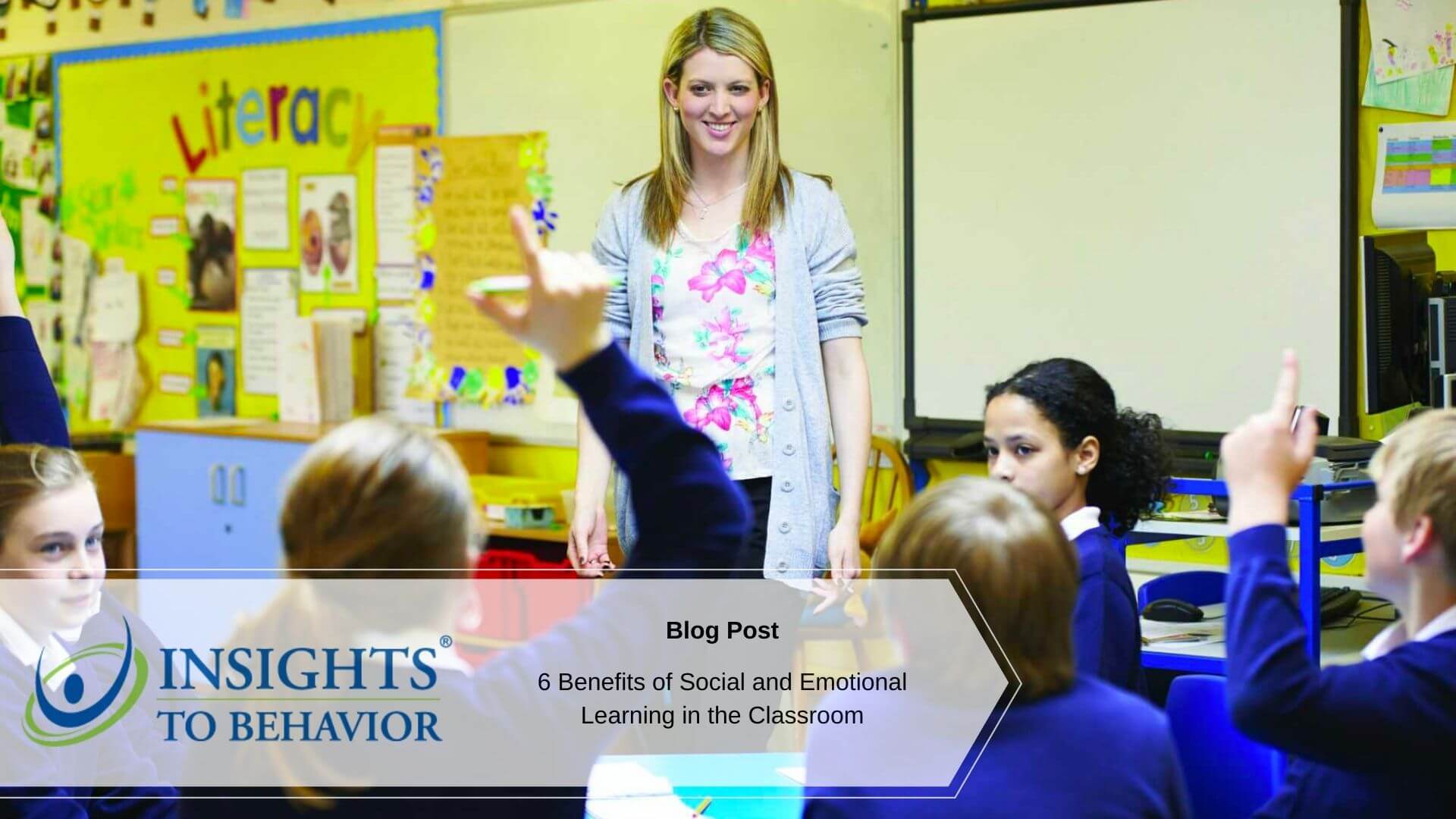About 7.4% of American children have been diagnosed with a behavioral issue between the ages of 3 and 17. That means that in a classroom of 30, at least 2 children have behavioral issues and would benefit from positive reinforcement.
If you’re a school teacher or work in special education, knowing how to work with children of all kinds and types is crucial to their learning. So how can you make sure everyone is learning? What’s the process behind it?
It’s called social-emotional learning, or SEL. You may now be wondering, what is social-emotional learning and how can I implement it? It’s the process of teaching students or even adults how to manage their emotions. They are taught to understand other perspectives, practice empathy, and create healthy relationships.
Read on to learn six benefits to social-emotional learning in the classroom!
- Improve Academic Success
When students improve their social skills and emotional understanding of others, their academic success also improves.
In addition to using positive peer interactions to help foster their academics, their entire mindset may shift about school. Because of this, children are more likely to look forward to learning and going to school. This will motivate them to do better, and in turn, improve their grades and success in the classroom.
- Helps Foster Relationships
Social-emotional learning activities in the classroom can benefit children’s relationship-building skills. As
these activities improve their ability to show empathy and listen to their peers, they are better able to understand others and their perspectives.
By engaging in SEL, students learn to better handle conflicts that arise in their relationships. Because of this, it is easier to maintain friendships they have formed. These problem-solving skills also enable them to work in teams and even enjoy teamwork in the classroom. Thore more they engage with SEL, the more they will take these skills with them for the rest of their lives. - Reduces Aggression and Bullying
Bullying has become an epidemic in many schools around the country. With an increase in social-emotional learning programs and activities, there are fewer instances of aggression and bullying in schools.
Because students are not focused on the negative, there are more positive interactions from peer to peer, students to teachers, and students to parents. So where are there positive behaviors coming from?
With an SEL curriculum, there is a better understanding of how to manage behaviors in the classroom. But there is also an understanding for students of how to manage their behaviors, especially negative ones. With less negativity, there are more positive peer interactions, more teamwork, and even more confidence in each other and themselves. - Less Stress in the Classroom
Many times students shut down in the classroom or act out is because they are confused or overwhelmed with the material they are learning.
To reduce stress, SEL curriculum will provide students with tools to handle their emotions and behaviors. Some of these tools are ways to self-regulate in times that they have to work through it themselves. During other times, they will better be able to explain their feelings and emotions to others to problem-solve.
Because of managing their emotions and understanding them better, there is less stress, anxiety, depression, and social withdrawal in classrooms that use SEL. - More Chances for Positive Reinforcement by Teachers
As a teacher, school counselor, or special educator, it can be difficult to understand certain behaviors. We aim to see a “why” to understand them.
With applied behavioral analysis, it is easier to understand a specific behavior, know where it is coming from, and learn how to manage it. Instead of getting frustrated with behavioral issues, there is a way to be proactive or react in a more positive, affirming way.
Positive reinforcement not only makes the classroom environment better, but it also will greatly benefit the student who is exhibiting said behavior. - Improves Confidence in Students
It can be difficult for children to have confidence in themselves. Society teaches them what they should
be and what they shouldn’t, what is good and what is not, and so on.By implementing social-emotional learning in the classroom, students have a better chance at learning how to be confident. Instead of looking for constant praise and attention, they learn to turn inward. They trust themselves and their ideas and act on what they believe to be good or right.
Once they decide to act or make a decision, their new awareness allows them to see how this decision affects not only them but also others around them. When they see they’ve done something great, it will increase their confidence and belief in their own values.
Social-Emotional Learning in the Classroom
Reworking a curriculum to improve it and incorporate SEL in the classroom will benefit your classroom, the learning, and the students. There will be more teambuilding and working together, less aggression, and more academic success.
You will see students thrive in a way they never have. With applied behavior analysis or ABA, you can determine what needs each student has.
To learn more about this and the benefits of social-emotional learning, sign up for our managing student behavior webinar. There are also other options if you want a personal demo of the management software. If you desire training as an individual teacher for your classroom, there is also that.
Once you start implementing social-emotional learning practices, you’ll notice a drastic difference in the students and the classroom.




